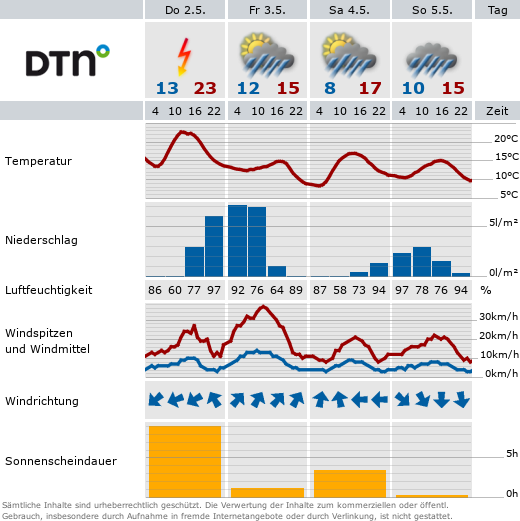Another 4.7 million euros for particle physics
- News
- Research

At CERN, international scientists are searching for previously unknown particles. They are also researching the properties and interactions of known elementary particles in order to solve previously unanswered questions in physics. In a ring-shaped tube around 27 kilometres long underground, packets of protons are accelerated to almost the speed of light and brought to collision. This produces billions of elementary particles. Gigantic detectors record their tracks, their energy and their decay.
The TU physicists are involved in two detectors: the Large Hadron Collider-beauty experiment, LHCb for short, and the ATLAS experiment. ‘The funding from the BMBF forms the basis for our participation at CERN,’ emphasises Prof. Kevin Kröninger. Young scientists also benefit from the support in the form of doctoral opportunities as well as students studying physics at TU Dortmund University or enrolled on the international Master's programme ‘Advanced Methods in Particle Physics’. They can already use the data from the particle accelerator during their studies and even participate in research on site. The work at CERN is also fundamental for other projects: For example, the experiments provide important data for the planned Cluster of Excellence ‘Colour meets Flavour’, with which particle physicists at TU Dortmund University are competing together with partners in the Excellence Strategy.
Rare decays and unknown forces
The issues at the LHC are diverse: Prof Johannes Albrecht's team, for example, carries out precision measurements at the LHCb and searches for rare decays. The group also helps with the operation and improvement of the detector and, among other things, looks after a detector made of scintillating fibres developed in Dortmund. In addition, new algorithms are being researched that can be used to record interesting data in a more targeted manner and identify particles better.
Prof Kevin Kröninger's group is working on the ATLAS experiment. Here they are searching for previously unknown forces and elementary particles. Among other things, the team is involved in the operation of the track detector developed in Dortmund and elsewhere. As part of the large international CERN team, the physicists are also producing new detector components for ATLAS, which will be required in the future as part of a comprehensive LHC upgrade.
Theoretical investigations into the processes at the particle accelerator are being carried out by Prof Gudrun Hiller's working group together with Prof Emmanuel Stamou. Theoretical models and analyses are necessary in order to interpret the data, particularly with regard to rare decays of so-called beauty and charm quarks. TU Dortmund University's two Emmy Noether groups at the Department of Physics, led by Dr Chris Delitzsch and Dr Dominik Mitzel, are also involved in the research at CERN.
Contact persons for queries:








